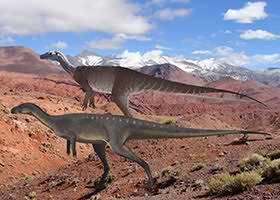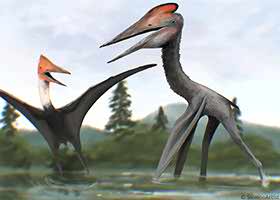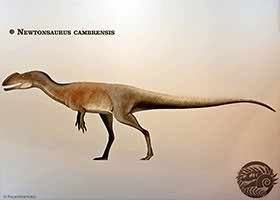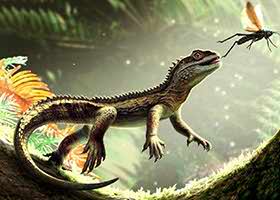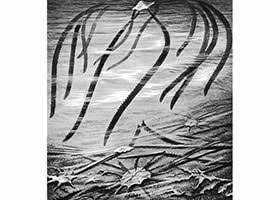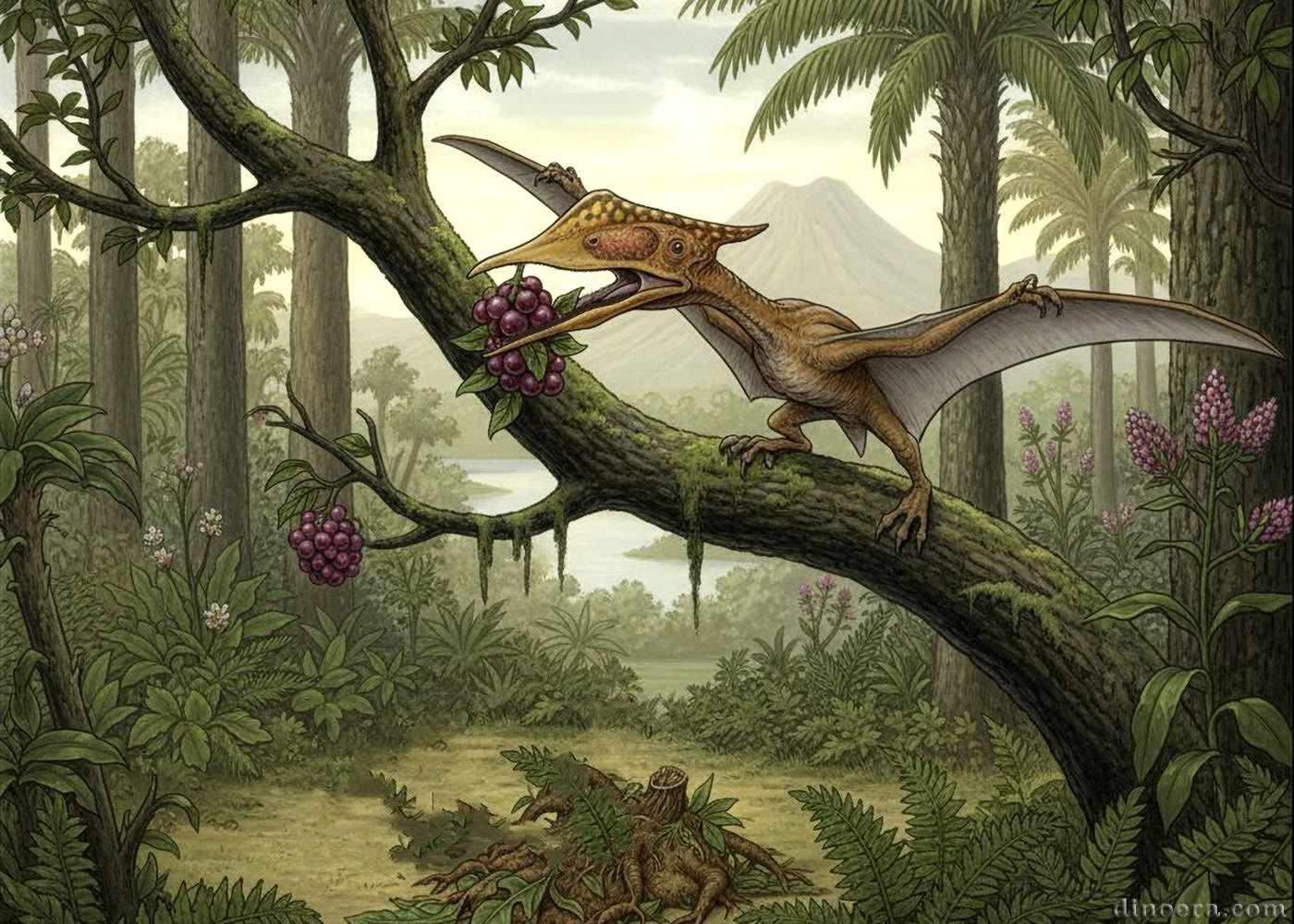
Evidence of herbivory in pterosaurs begins with the discovery of Sinopterus atavismus, an Early Cretaceous pterodactyloid from the Jehol Biota in northeastern China. Furthermore, this extinct reptile, belonging to the family Tapejaridae, is notable for being one of the earliest vertebrates capable of active flight. The discovery by paleontologists from China and Brazil of stomach contents reveals fresh understanding of its diet and digestive physiology.
Habitat and Geological Period

An adult Sinopterus had a wingspan of 2 to 4 meters. However, the nearly complete fossil found belongs to a juvenile with a wingspan of 1.5 meters. It lived approximately 120–125 million years ago, during the Early Cretaceous period (Aptian stage). The pterosaur inhabited a lush area with numerous lakes and wetlands. Nearby volcanoes occasionally covered these areas with ash. The sedimentary layers of the Jiufotang Formation in western Liaoning Province, China, evidence this environment. Significantly, these deposits favored preservation of fossils in remarkable detail, including this specimen with stomach contents.
Phylogenetic Position
Sinopterus is a member of the family Tapejaridae. Phylogenetically, it belongs to the larger clade of pterodactyloid pterosaurs. Information about their feeding habits remained unclear for a long time. Large crests on the skull surface and smaller crests on the lower jaw characterize Tapejaridae. Therefore, based on the skull structure and the mechanics of their toothless jaws, researchers have long hypothesized that Tapejaridae may have been herbivorous.
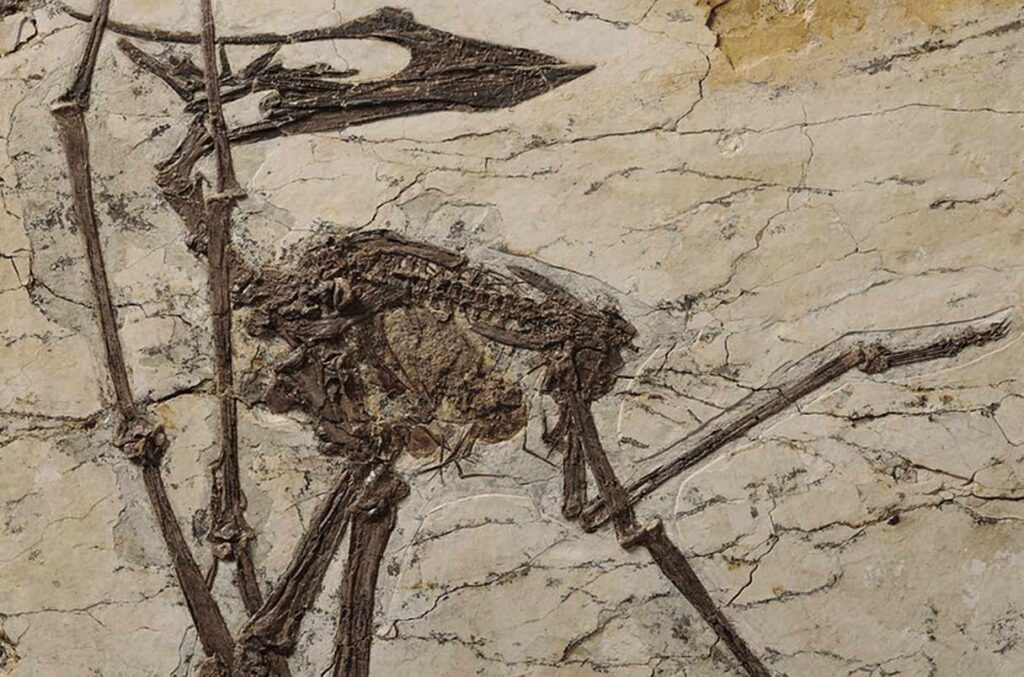
Sinopterus is very similar to its relatives with strong jaws, such as Tapejara, which has allowed inferences about their feeding habits based on comparative anatomy. Thus, Tapejaridae represent a key group for understanding pterosaur ecology, bridging the gap between carnivorous and herbivorous lifestyles through jaw morphology adapted for crushing nuts, seeds, and grasses.
Indirect evidence of herbivory in pterosaurs also suggests some degree of herbivory in the families Azhdarchidae and Campylognathoididae.
Discovery of Evidence of Herbivory in Pterosaurs
This landmark discovery resulted from a detailed analysis of the well-preserved stomach contents of Sinopterus, which revealed an unprecedented combination of 320 phytoliths. Phytoliths are microscopic siliceous structures that form between plant cells during growth. Some phytoliths belonged to woody plants.
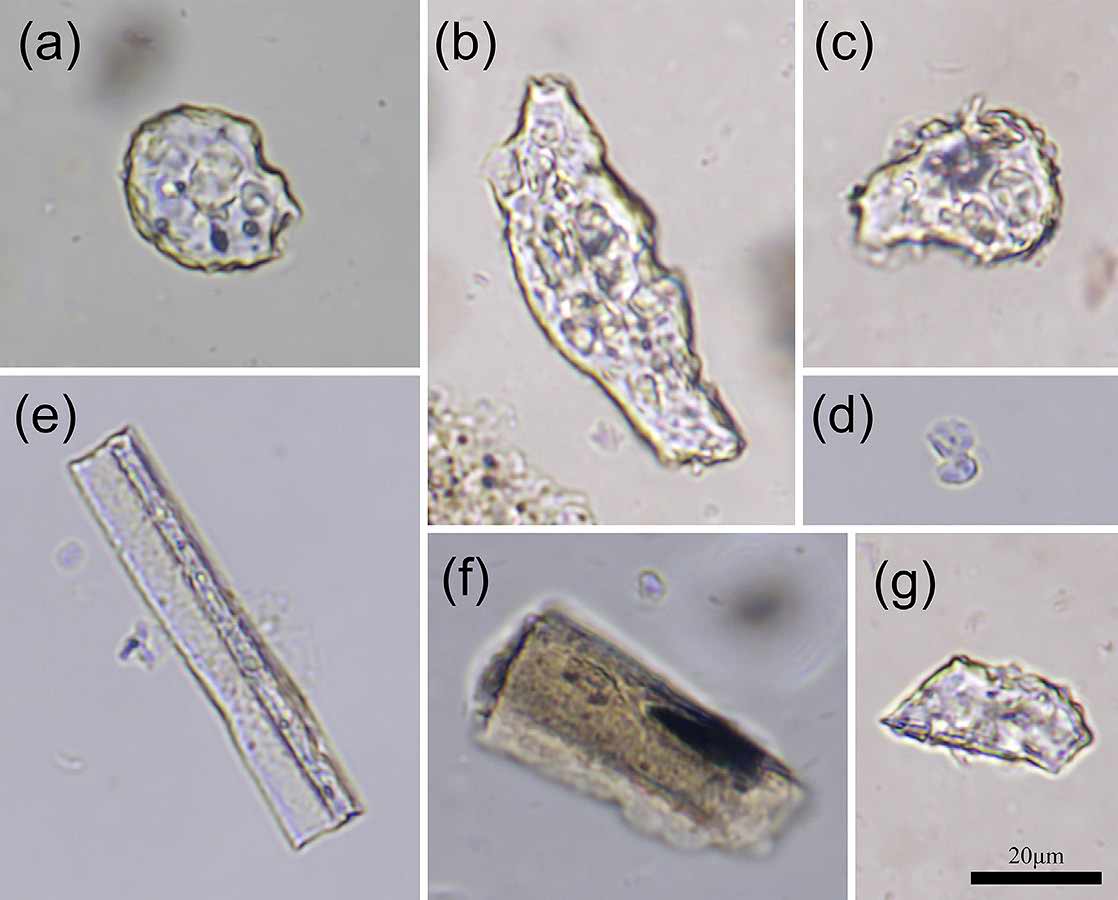
Researchers also found quartz gastroliths. These stomach stones helped mechanically break down tough plant food during digestion. Crucially, the pterosaur would not need them for digesting soft food. This confirms the herbivorous nature of Sinopterus.
The extracted phytoliths exhibited diverse morphology, indicating a varied diet that included broad-leaved plants, grasses (Poaceae), woody species, herbs, and possibly ferns or gymnosperms. Notably, the absence of bone remains or insect exoskeletons suggests that Sinopterus was neither carnivorous nor insectivorous nor omnivorous. Instead, it likely fed on seeds, fruits, and other hard plant materials. In short, its diet was similar to some modern herbivorous birds with muscular stomachs.
Digestive Anatomy and Dietary Implications
Stomach contents in fossilized form are extremely rare in pterosaurs. Consequently, only a few cases of fossilized pterosaur food have been documented, such as consumulites (in the body cavity), regurgitalites (expelled from the mouth cavity), and coprolites (expelled from the rear end of the gastrointestinal tract).
In fact, there are only five confirmed cases of pterosaur stomach contents, all associated with the non-pterodactyloid Rhamphorhynchus from the Late Jurassic of Germany, and one find of Eudimorphodon from the Triassic of Italy. All of them contain only fish remains.

The scale bars measure 20 mm. Dashed lines indicate the boundary of the stomach contents. Arrows point to specific features: yellow indicates ribs, green indicates gastralia, and pink indicates the largest gastrolith grains. © Jiang et al.
The stomach contents indicate a two-chambered digestive system. This system consists of a crop for food storage and a gizzard lined with gastroliths for mechanical digestion. Large quartz gastroliths were present in the anterior part of the stomach. Numerous smaller stones in the posterior part resemble the pattern observed in herbivorous birds such as ostriches and basal birds from the Jehol Biota, such as Jeholornis. The discovery of gastroliths in this Sinopterus specimen is only the second recorded case of gastroliths in a pterosaur1 . Furthermore, scientists had never found phytoliths prior to this specific discovery.
Ecological and Evolutionary Implications
This direct evidence of plant-based feeding in pterosaurs, found in their stomach contents, redefines their diet, which was traditionally considered to consist primarily of fish and small animals. Sinopterus highlights a complex evolutionary scenario in which some pterosaurs utilized plant resources, indicating a diversity of ecological niches among the flying reptiles of the Mesozoic era. These fierce-looking winged creatures were not always carnivorous.
* * *
The discovery of phytoliths and gastroliths in Sinopterus is the first concrete evidence of herbivory in pterosaurs. In conclusion, it provides a clearer understanding of their dietary adaptations, challenging long-standing assumptions about the ecosystems and lifestyles of these ancient vertebrates.
Source:
S. Jiang, X. Zhang, Y. Wu et al., First occurrence of phytoliths in pterosaurs—evidence for herbivory, Science Bulletin 70 (19), https://doi.org/10.1016/j.scib.2025.06.040
- Laura Codorniú, Luis M. Chiappe & Fabricio D. Cid. First occurrence of stomach stones in pterosaurs. Journal of Vertebrate Paleontology 2013; 33:647–54 ↩︎













